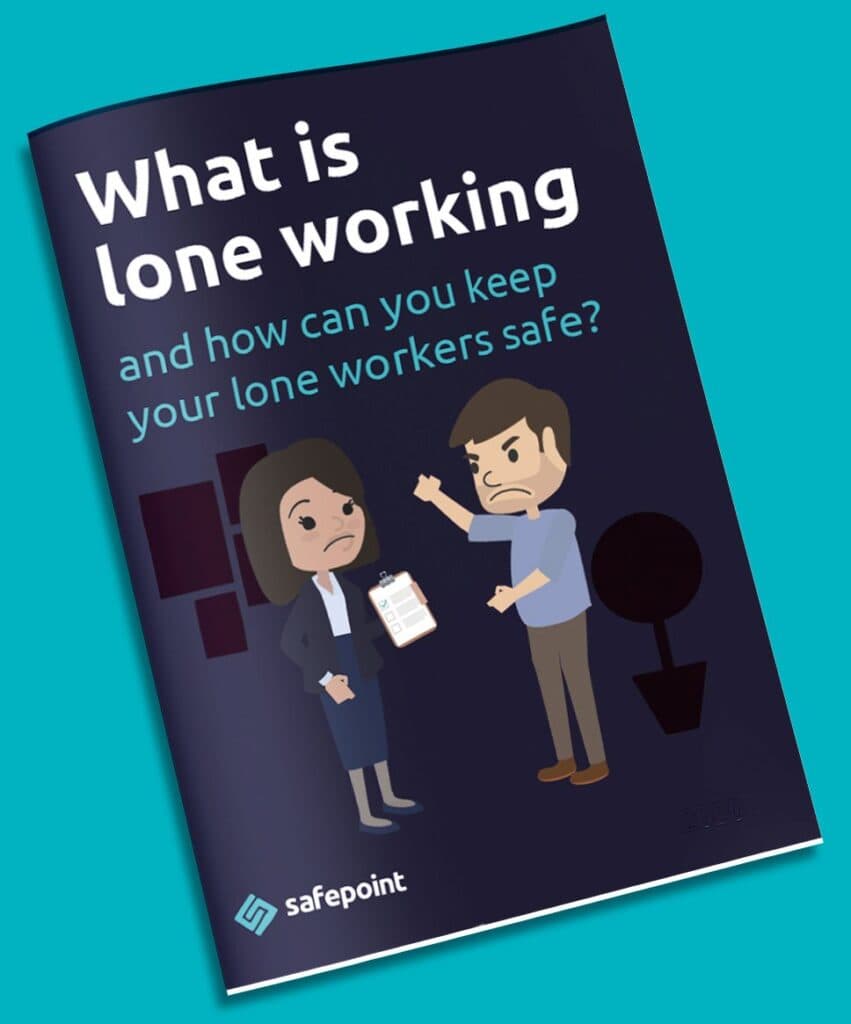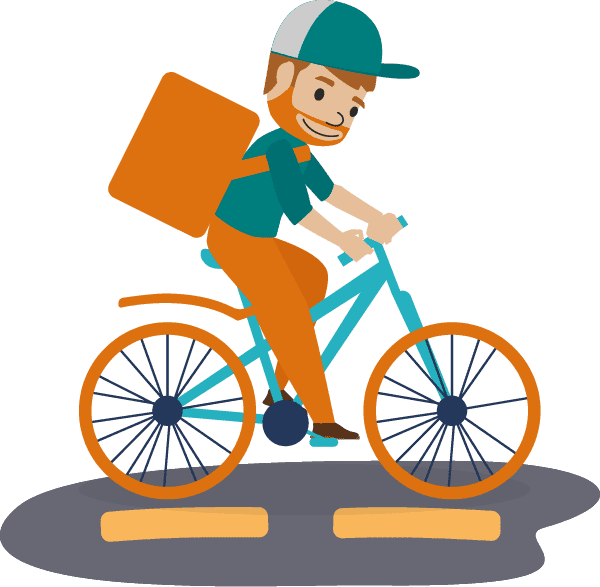Could you or someone you employ be classed as a ‘lone worker’? From care to construction, agriculture to retail, nearly every sector hires lone workers. Employers have unique legal obligations to those that work alone, so it’s important to identify them correctly.

The Health and Safety Executive defines lone workers as “those who work by themselves without close or direct supervision”. Lone workers might operate in a remote location (such as a farmer’s field), in a tucked-away part of a business (such as in a warehouse), or they may be surrounded by people, but not by their team (such as someone working on a busy street).
In fact, it is estimated that lone workers make up around 1/5 of the UK’s working population –that’s a total of 8 million people!
Note: the proportion of lone workers in the UK’s working population may now be much higher due to the drastic increase in home-working caused by the COVID-19 epidemic.

Even though some lone workers may work in very low-risk roles (such as someone doing admin work from their home computer), working without close or direct supervision comes with an inherently higher risk. Should a lone worker be injured, it is more likely that no one would know about it.

As mentioned, lone working can come in many forms but we’ll try and run through some of the most common types. Some may surprise you!

Lone working can be particularly risky when combined with working in geographically remote locations. Workers in agriculture, environmental protection, energy and offshore sectors are common examples of workers who may be far not just from their coworkers, but from anyone at all! In these roles, the risks of dangerous terrain, unpredictable working conditions, and environmental factors can add to the lack of supervision.
Role types: agricultural workers, rangers, conservation officers, security guards, utility workers, offshore technicians, surveyors, land managers, drillers, engineers, delivery drivers, travelling salespeople.

For those that work with or around the public or who work in people’s homes, lone working can come with its own risks. Working with the public can be unpredictable and potentially dangerous. In fact, around 150 lone workers are physically or verbally attacked every day in the UK. Common sectors include property and real estate, construction and maintenance, retail, security, health and social care, logistics, and public defence.
Role types: estate agents, security guards, emergency responders, carers, nurses, delivery drivers, maintenance workers, plumbers, engineers, shop workers, taxi drivers.

According to the HSE, employers are responsible for all their workers including full-time and part-time workers, contractors, volunteers or self-employed people. The HSE makes it clear that the face of work is changing and that on-demand staff, including zero-hour and gig-economy workers, need to be protected. These types of workers may work inconsistent hours and may not visit a central office. If these types of workers were to be injured, it may take longer for their absence to be noticed.
Role types: farm workers, carers, couriers, delivery drivers, taxi drivers, bus drivers, factory workers, retail assistants, support workers, receptionists, cleaners, charity workers.
Lone working can affect all industries. While it may still seem like a confusing term for some, it really is about workers who do not have access to direct support from their team. As an employer, it’s essential to identify lone workers and to take precautions to keep them safe.
If you want to know how more about lone workers, we have a free guide for you to download. It’ll tell you everything you need to know about understanding lone working and protecting your team.

Here at Safepoint, we provide clever, modern solutions to keeping lone workers safe. We work across all sectors to keep teams protected and organised. Find out more here.
Award-winning safety management tools and a fully accredited response team.